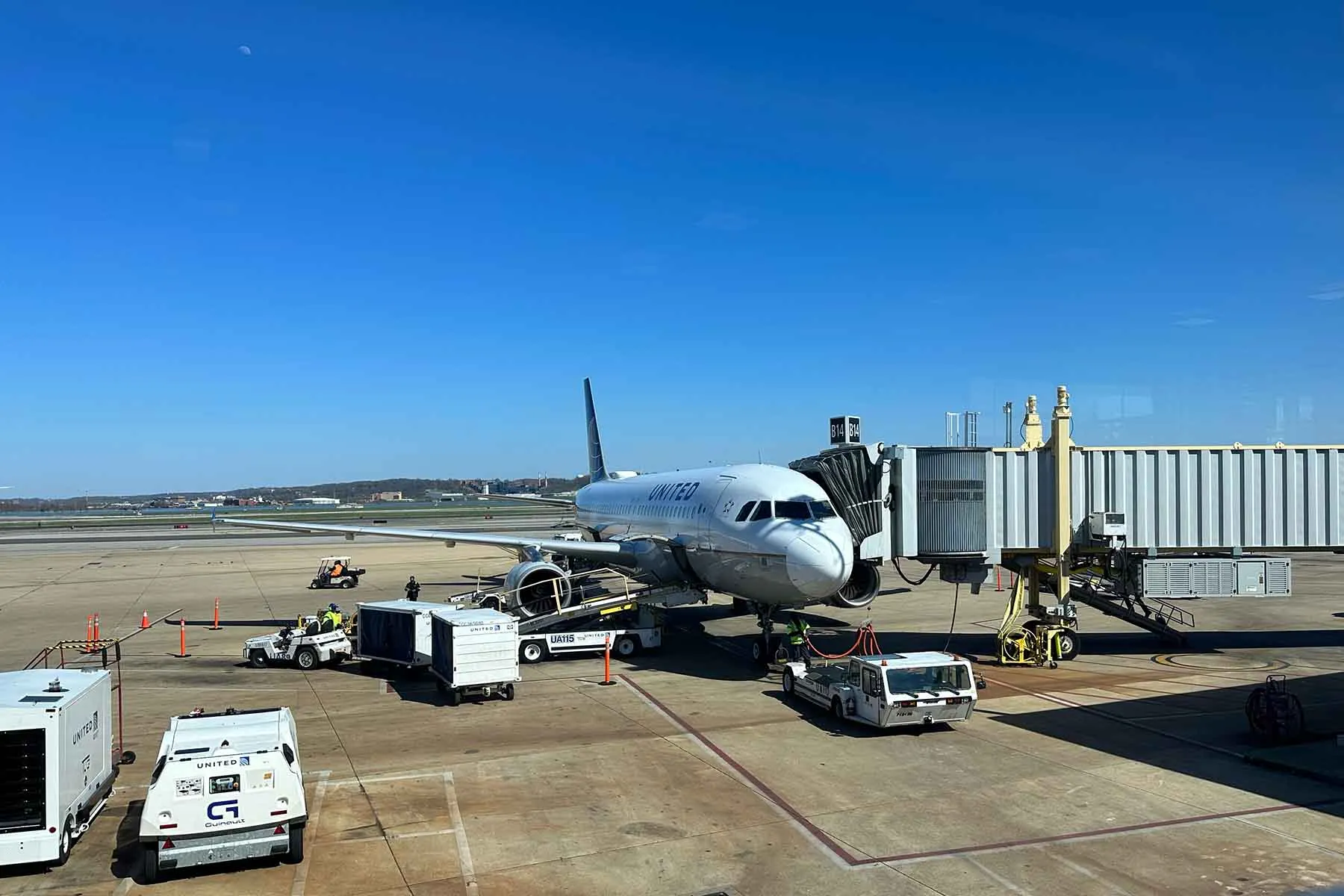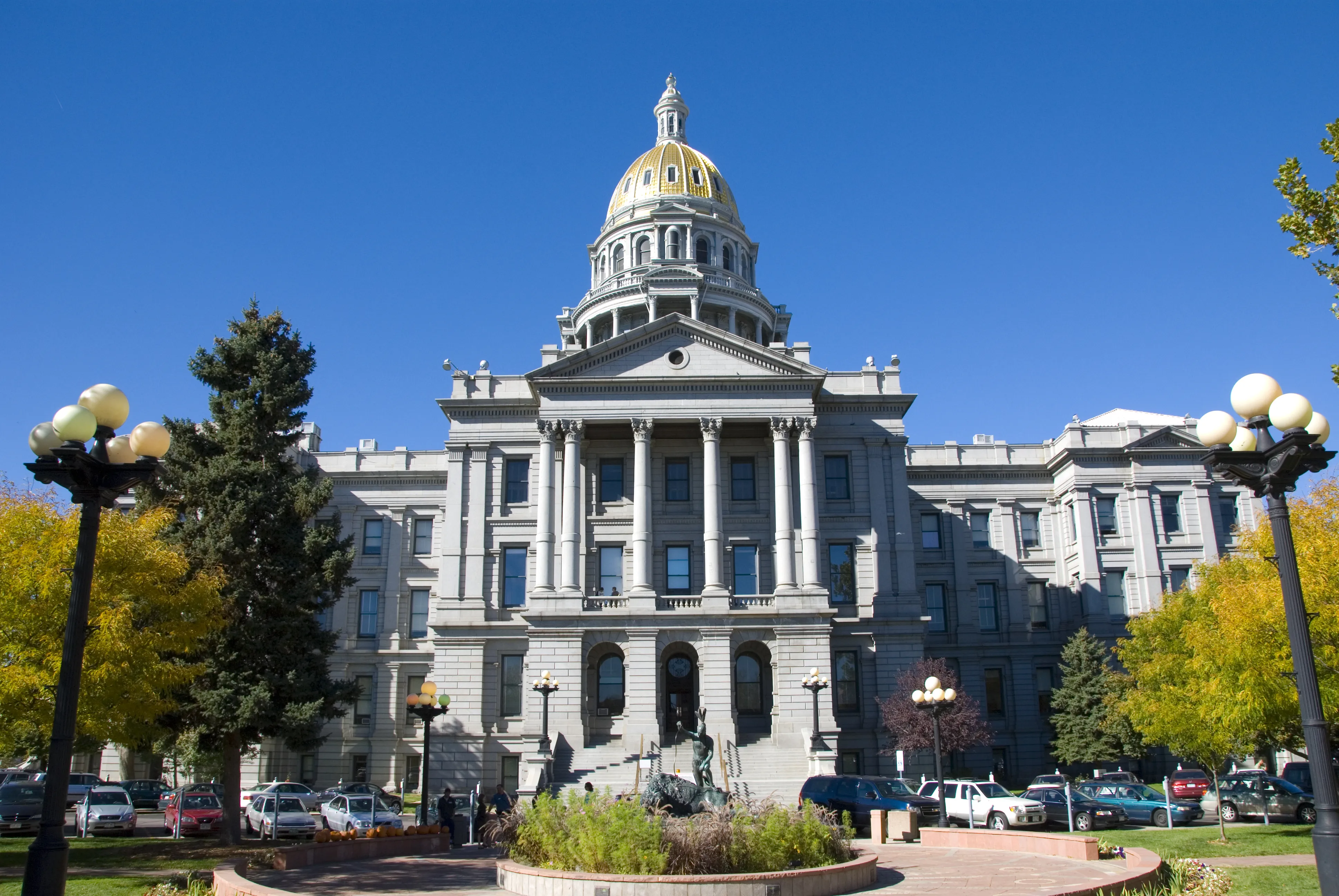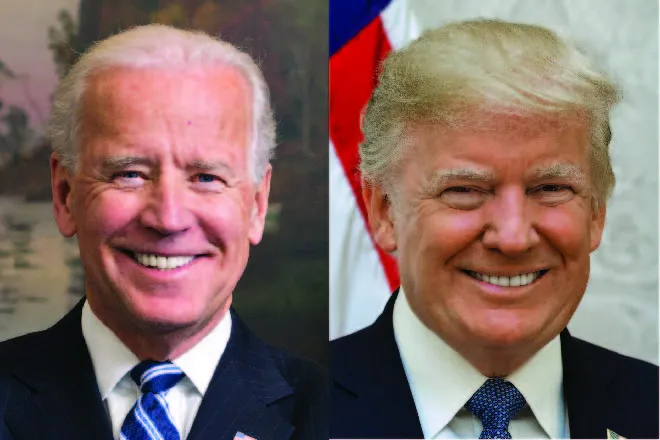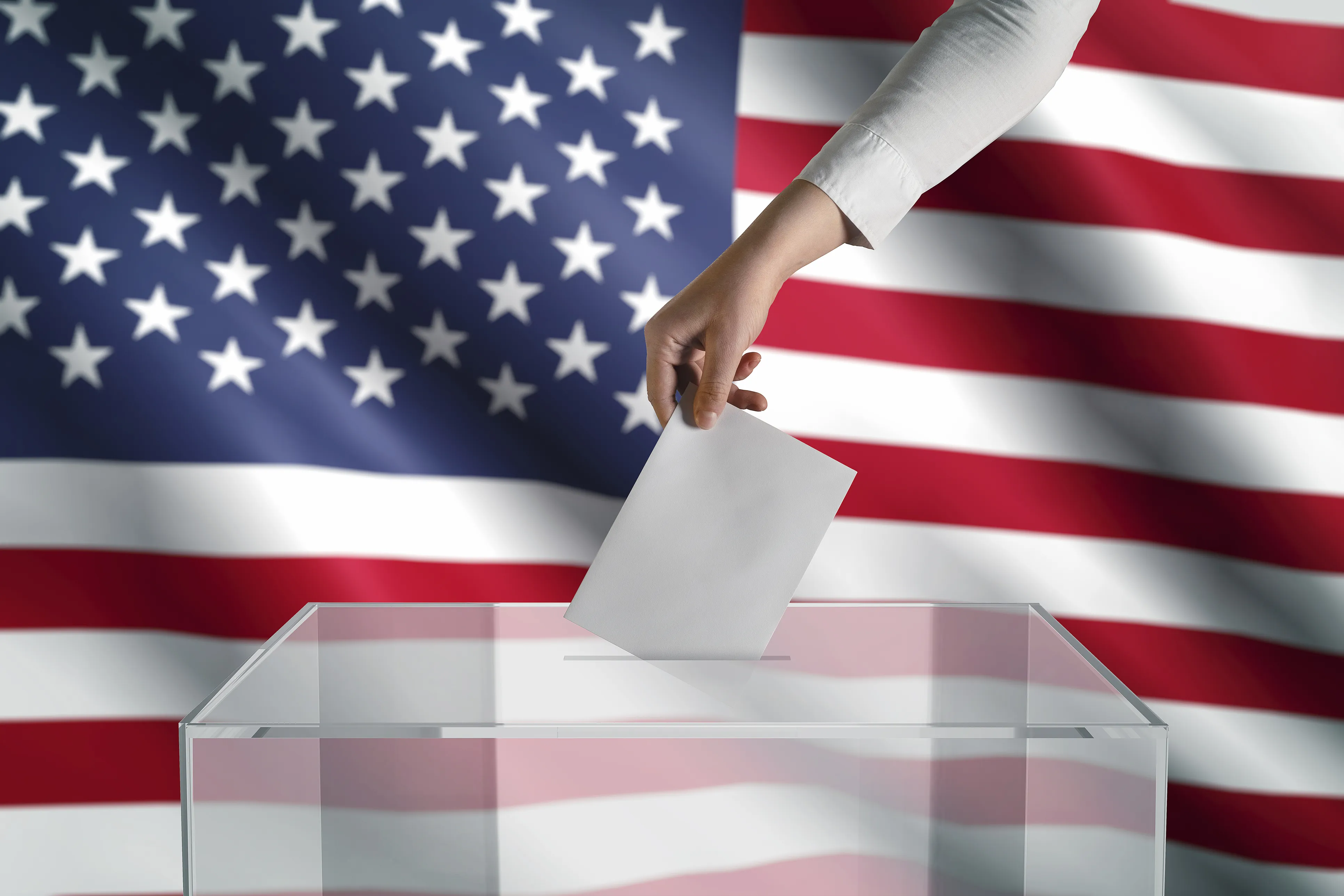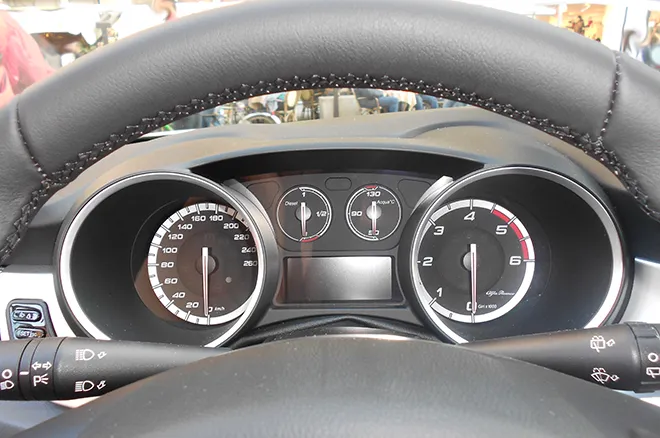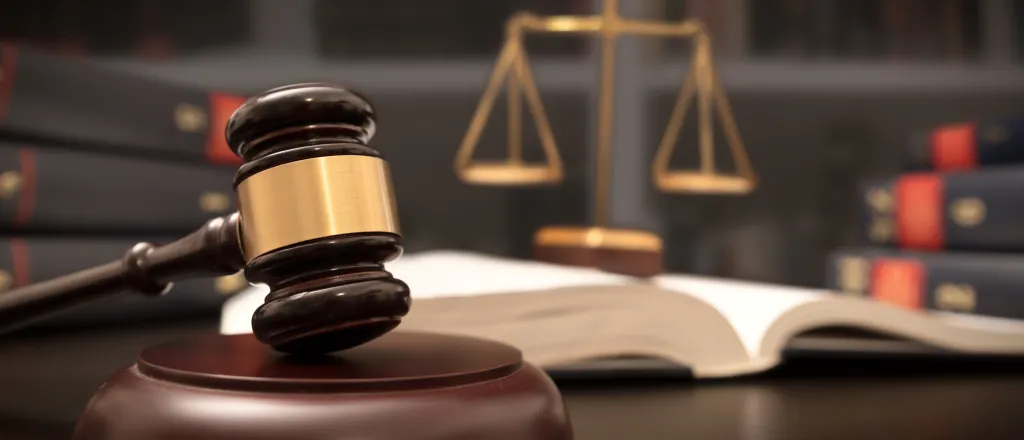
Expert in Utah redistricting case calls Legislature’s map an ‘extreme partisan outlier’
The first of two days of evidentiary hearings in Utah’s court-ordered redistricting process was consumed by hours of testimony from the plaintiffs’ map drawing experts on why the congressional boundaries submitted to a judge by the Utah Legislature were problematic — and why the court should, instead, pick one of the plaintiffs’ preferred maps for the 2026 election.
Third District Judge Dianna Gibson rarely spoke during Thursday’s hearing, except a few times to sustain objections from legislative attorneys about leading questions. Largely, Gibson listened quietly as plaintiffs questioned their experts’ methods in painstaking detail.
Early Friday, the evidentiary hearing is expected to continue with testimony from the Legislature’s retained experts.
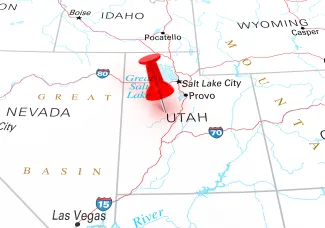
But Thursday morning, the hearing started with Jowei Chen, an associate professor in the Department of Political Science at the University of Michigan, calling the map advanced by the Republican-controlled Utah Legislature — known as map C — an “extreme partisan outlier” that favors Republicans.
Chen said that when he analyzed 10,000 computer simulated maps drawn with a program designed to prioritize the neutral redistricting criteria listed by Proposition 4 — the 2018 voter-approved law requiring an independent redistricting process in Utah — more than 99 percent of the program’s map simulations created a Democratic-leaning district because of the state’s “political geography.”
In GOP-dominated Utah, Republicans for years have consistently won statewide races, with Republican voters making up about two-thirds of registered voters. Democrats, however, are concentrated in the state’s most populated county, Salt Lake County, and make up roughly a third of the state’s voters.
Map C, Chen said, “cracked” Democratic voters by splitting Salt Lake County in half and creating four safe Republican districts — a result he said almost never observed in his 10,000-map simulation that was programmed to follow Proposition 4’s map-drawing criteria.
“That is what makes it an extreme partisan outlier,” Chen said.
Chen also picked apart methods used by the Legislature’s redistricting expert, Sean Trende, a senior elections analyst for Real Clear Politics, who drew map C. Chen said Trende’s maps were flawed from the beginning because they were drawn with software that was not programmed to prioritize Proposition 4’s criteria, which calls for the prioritization of minimizing city and county splits, maximizing geographic compactness, and keeping communities of interest together.
Chen said Trende’s use of a statistical tool called the partisan bias test effectively “filters out” any map with a Democratic-leaing district.
“Essentially if a plan has a Democratic district, it’s almost certainly going to fail the partisan bias test,” Chen said. “That partisan bias test is essentially just a filter for whether or not a map has a Democratic district or not.”
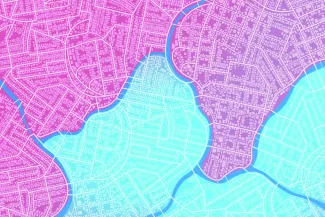
© Vadym Ivanchenko - iStock-1663163950
Chen and another one of the plaintiffs’ experts — Chris Warshaw, a professor at the McCourt School of Public Policy at Georgetown University — also testified that the partisan bias test is not an “appropriate” tool to use in a state like Utah that has only four congressional seats and has uncompetitive statewide races (for years Republicans have won by wide margins).
Trende and the Legislature’s other redistricting experts are expected to testify and be cross-examined during the second day of the hearing on Friday.
Warshaw said the partisan bias test and the mean-median difference metrics — tests that Utah lawmakers required in a recently-passed law, SB1011, to analyze congressional maps — both “don’t work well in Utah.” Gibson is also expected to weigh in on a separate request from the plaintiffs to block that law from taking effect following a hearing scheduled for Nov. 5.
“I believe it’s not among the best available measures,” Warshaw said of the mean-median difference test. “In fact it’s among the worst measures and is not applicable in Utah.”
Though Warshaw acknowledged that his preferred method, the efficiency gap test, has its limitations because Utah only has four congressional districts, he said it’s a better metric to test for fairness — and that map-drawers should also pair it with other statistical tests.
“Where it’s appropriate we should use multiple metrics to push on the robustness of our conclusions,” he said.
Victoria and Malcolm Reid, two of the plaintiffs that are suing the state, also testified Thursday. The Reids live in Millcreek — a city that was split four times by the 2021 congressional map that has since been struck down by the courts.
The Legislature’s preferred map that’s been submitted to the court would still split Millcreek, but only once compared to four times. Still, Malcolm Reid said he believes the two alternative maps drawn by the plaintiffs would be more fair because they would keep his community whole and not “dilute” his voice.
“It hurts half as much,” Malcolm Reid said of the Legislature’s map C. “We’re down to two congressional districts instead of four, (but) we can still walk to the east, walk to the south, walk to the north, and be in a different congressional district. … It effectively keeps Millcreek divided.”

